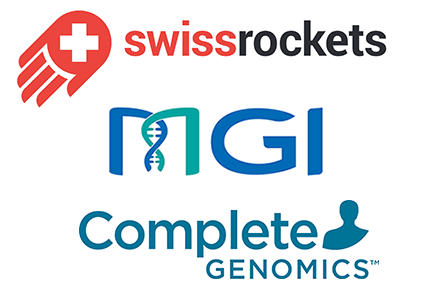On May 28, China CDC Weekly published the sequencing results of Omicron variant strain BA.5 (Omicron Subvariant BA.5), the first imported novel coronavirus variant (VOC) in Mainland China. The mutant strain was sequenced on MGI’s DNBSEQ-50RS*, and its genotyping showed that it was closely related to a sequence uploaded from South Africa (GISAID ID: EPI_ISL_12713186). At present, the BA.5 mutant strain has spread to 19 countries all over the world (a total of 2,614 sequences have been submitted to GISAID), but no detailed data was available to support its impact on public health, and continuous monitoring and evaluation is required to further clarify its characteristics and impact.

MGI’s DNBSEQ-50RS* Contributes to the Sequencing of China’s first imported Omicron BA.5 Subvariant
On April 27, 2022, KL857, an international flight from Amsterdam, the Netherlands arrived at Shanghai Pudong International Airport. During routine isolation, a passenger on the flight was reported positive and diagnosed as a mild case. A nasopharyngeal swab from the patient was sampled on April 29 and sequenced using MGI’s DNBSEQ-50RS* on May 13. Genotyping analysis revealed that the patient was infected by SARS-CoV-2 variant of concern (VOC)/Omicron subvariant BA.5. The genome is most closely related to a sequence (GISAID ID: EPI_ISL_12713186) uploaded in South Africa (Figure 1) and 34 nonsynonymous mutations occurred in the spike gene matching the signature of the sublineage BA.5.

Figure 1 Phylogenetic tree of several pedigrees of SARS-CoV-2. The imported VOC/Omicron (BA.5) is highlighted with an arrow. Other Omicron sub-strains in different colors are shown on the right. Abbreviations: SARS-CoV-2=severe acute respiratory syndrome coronavirus 2; VOC=variant of concern.
Omicron BA.5 is more serious?
Insufficient evidence, but ongoing monitoring is still required!
At present, Omicron VOC is the main COVID-19 variant spreading all over the world, and among Omicron pedigrees, BA.2 and its descendant pedigrees (the merged pedigree named BA.2.X) are the main variants (Figure 2). The sequence of BA.5 was first uploaded to GISAID on March 15, 2022, from a patient’s nasopharyngeal and oropharyngeal swab collected on February 25 in South Africa. According to WHO’s Weekly Epidemiological Progress Report on COVID-19 (May 25, 2022), the relative proportions of BA.2.X, BA.4 and BA.5 are 94%, 0.8% and 1% respectively. BA.4, BA.5 and BA.2.12.1 have characteristic mutations in spike regions and Locus S: L452, and their prevalence has increased in the countries where they were first detected. The prevalence of BA.4 and BA.5 in South Africa has increased in recent weeks, and within 3 months, they have spread to 19 other countries (regions) including Portugal and the United States. According to the currently available data, BA.4, BA.5 and BA.2.12.1 spread faster in the countries where BA.1 once occurred; However, there are fewer cases in the countries where BA.2 is prevalent, and the vaccination degree in a country may also affect the new Omicron descendant pedigrees. Due to lack of evidence to clarify the changes of phenotypic differences (e.g., severity), all the Omicron descendant pedigrees, including BA.5, are required to be tracked under the Omicron VOC systems.

Figure 2 Number of Omicron sequences classified by sister pedigree as of May 23, 2022*
*Omicron’s sister pedigrees include Omicron pedigree BA.1 and the merged descendant pedigrees named BA.1.X and BA.2, and all the merged descendant pedigrees named BA.2.X, BA.3, BA.4 and Ba.5. Source: SARS-CoV-2 sequence data and metadata from GISAID, which was extracted from GISAID at 10:00 CET on May 23, 2022.
MGI’s DNBSEQ™ technology-based Targeting Sequencing Supports the Monitoring of COVID-19 VOC
Real time monitoring of VOC sequences changes and evaluate the changes in virulence or clinical manifestations based on the epidemiological data can provide guidance for public health, social measures, the effectiveness of vaccines and clinical treatments. MGI’s DNBSEQ Technology-based sequencing platform can complete the whole process from sampling to data analysis (genome-wide comparison, variation information and strain typing analysis) in 11h at the soonest to meet the requirements for detection of all existing VOC and VOI strains.
MGI’s ATOPlex V3.1 RNA multiplex PCR library-pre sequencing kit adopts multiplex PCR primers to reduce the risk of amplification failure caused by mutation. Meanwhile, the ultra-short amplicon (180bp) is designed to improve the detection ability in clinical samples and environmental samples (which have high risk of nucleic acid degradation), thus obtaining whole genome data from 10 copies of viruses and restoring the whole genome sequence to the greatest extent.

Figure 4 Characteristics of the primer of ATOPlex V3.1 RNA multiplex PCR library-pre sequencing kit
After targeted amplification of COVID-19 virus, sequencing library was constructed, and sequencing was completed on MGI’s DNBSEQ-50RS or DNBSEQ-E5RS sequencer*. Among them, DNBSEQ-E5RS* uses fast sequencing consumables to perform SE100 sequencing, and it can complete the whole process from DNB loading to FASTQ file in 3.5 hours while maintaining the data output and data quality equivalent to that of conventional sequencing consumables.
MGI COVID-19 targeted DNBSEQ™ sequencing products* have been delivered to more than 10 hot spots in China, and has completed the sequencing of a variety of VOC of COVID-19 (Omicron BA.1, BA.2, BA.5, Delta), with excellent sequencing results to contribute to the tracing and monitoring COVID-19 variants.
*Unless otherwise informed, StandardMPS and CoolMPS sequencing reagents, and sequencers for use with such reagents are not available in Germany, USA, Spain, UK, Hong Kong, Sweden, Belgium, Italy, Finland, Czech Republic, Switzerland, Portugal, Austria and Romania.
About VOC, VOI and VUM
WHO has, in collaboration with national authorities, institutions and researchers, been regularly evaluating whether SARS CoV-2 variants will change the means of transmission or characteristics of disease, or affect the effectiveness of the vaccines, treatments, diagnoses or public health and social measures (PHSM) for COVID-19 pandemic control and prevention. According to the risks to global public health, the potential variants of concern (VOC), variants of interest (VOI) or variants under monitoring (VUM) are regularly evaluated.
Note: The products mentioned herein are only used for scientific research, but not for clinical diagnosis.
Hui Jiang, Changcheng Wu, Wenbo Xu, Hongyou Chen, Fanghao Fang, Min Chen, Chaonan Wang, Lingyue Yuan, Huanyu Wu, Zheng Teng, Jinyuan Guo, Yaxu Zheng, Xihong Lyu, Xuefei Qiao, Guizhen Wu, Wenjie Tan, Xi Zhang. First Imported Case of SARS-CoV-2 Omicron Subvariant BA.5 — Shanghai Municipality, China, May 13, 2022[J]. China CDC Weekly. doi: 10.46234/ccdcw2022.104
https://www.who.int/emergencies/diseases/novel-coronavirus-2019/situation-reports







 Sequencer Products: SEQ ALL
Sequencer Products: SEQ ALL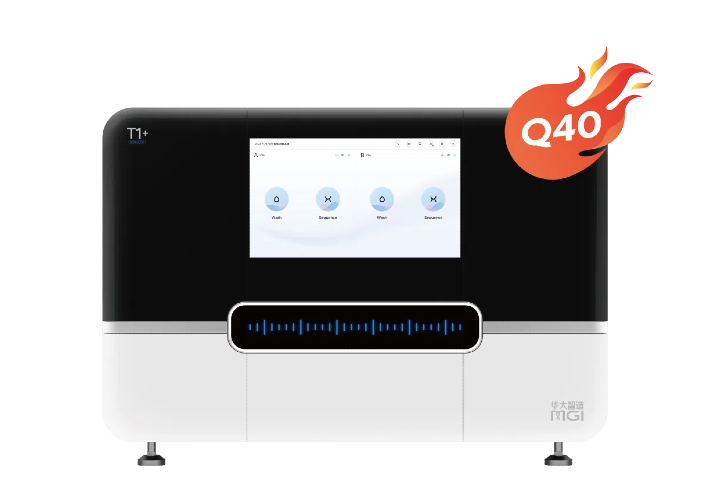


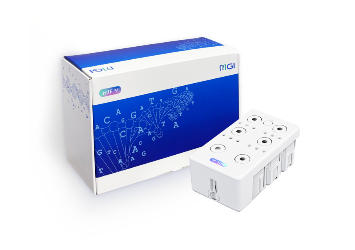
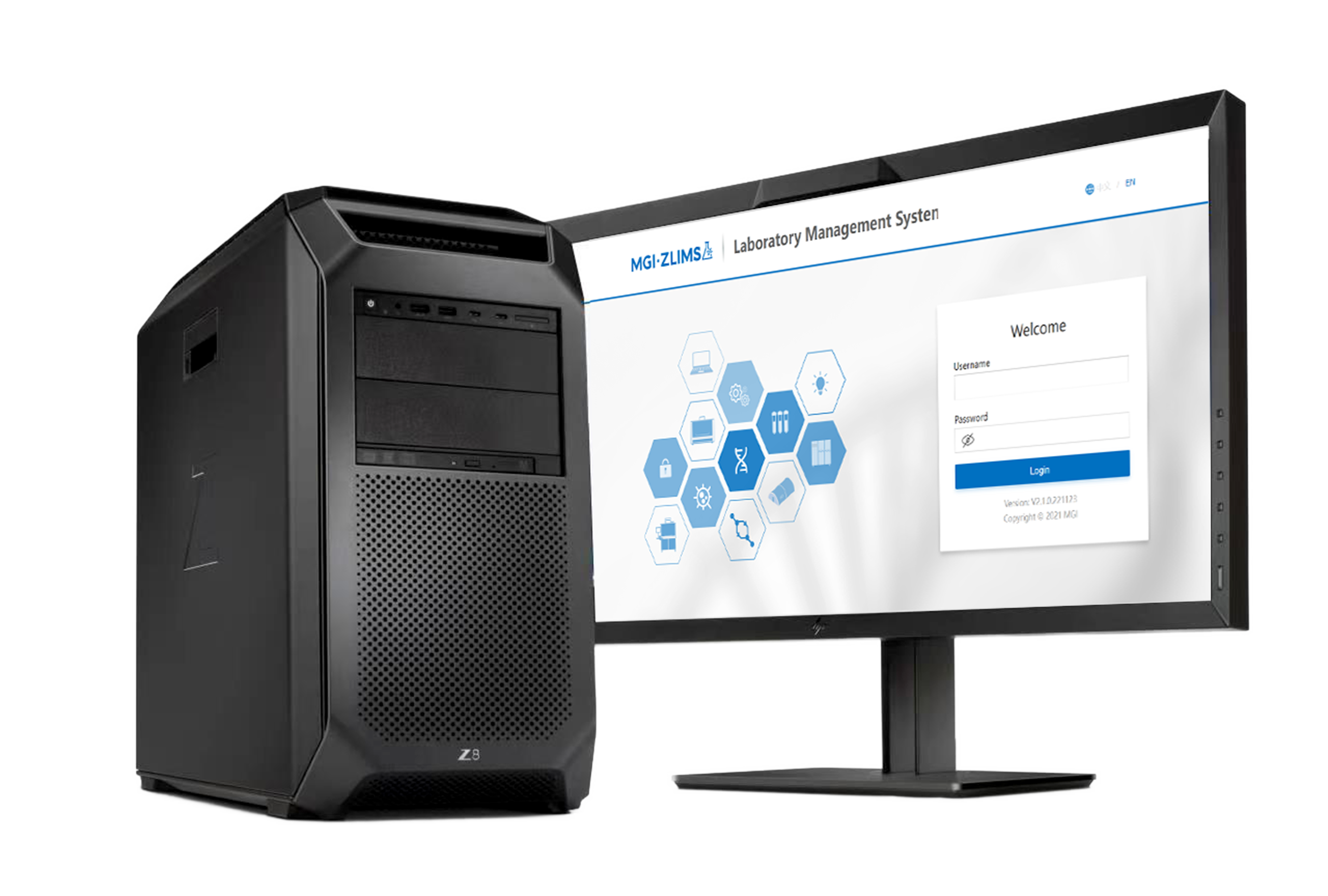
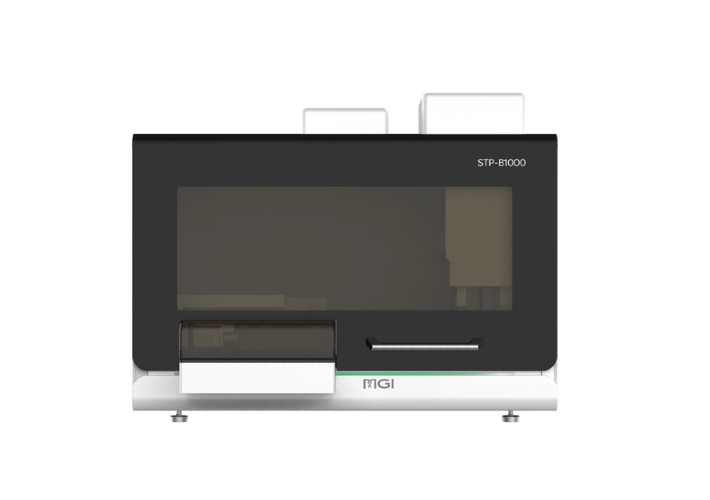
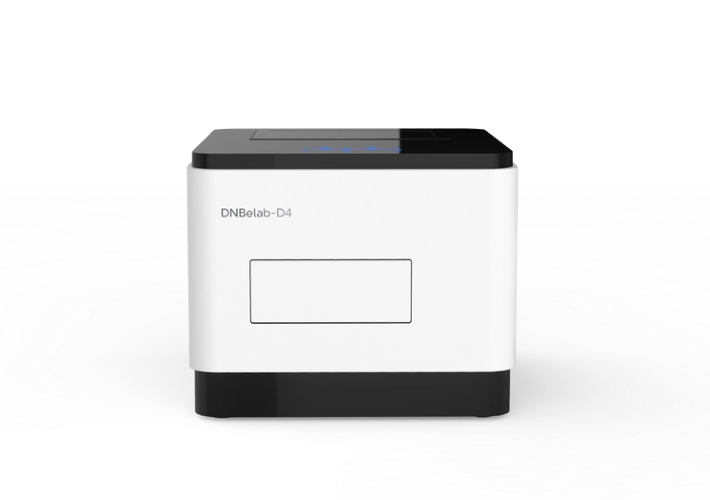
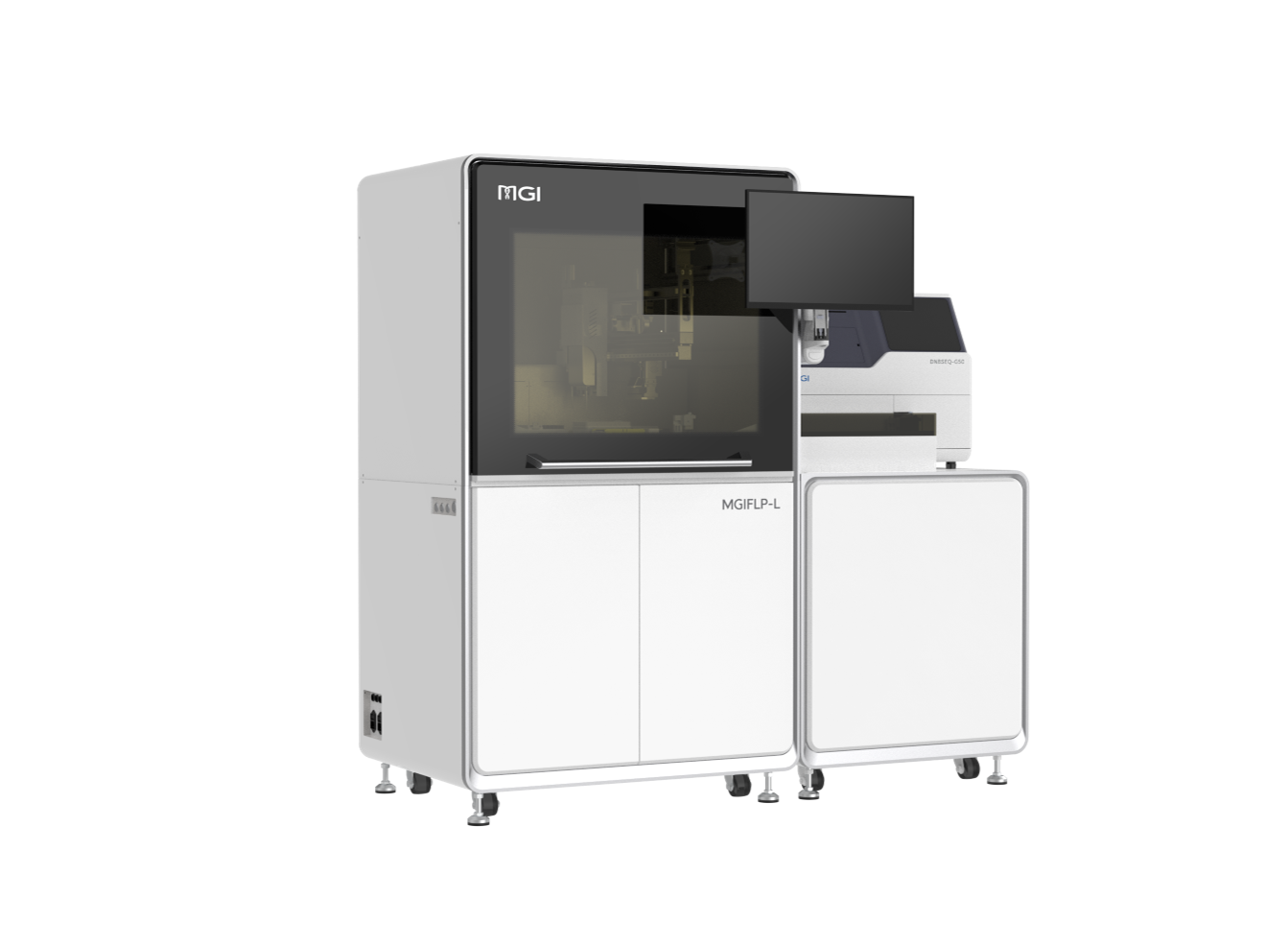
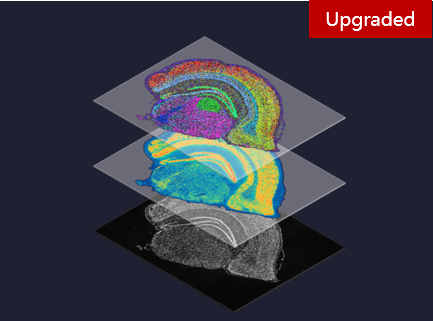
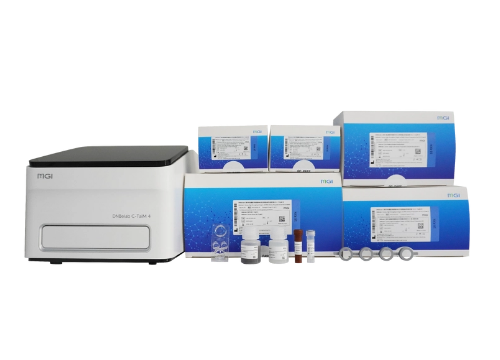
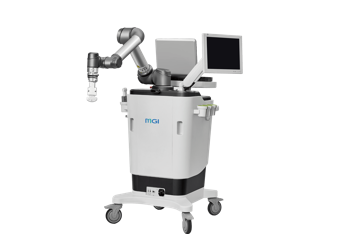
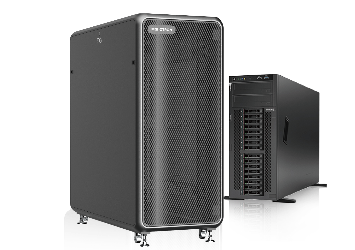
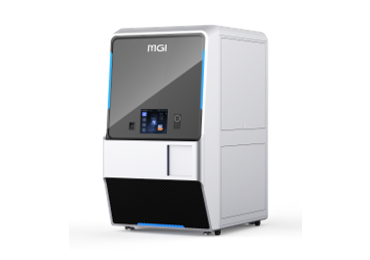



 Technologies
Technologies Applications
Applications Online Resources
Online Resources Data Bulletins
Data Bulletins Service & Support
Service & Support Global Programs
Global Programs Introduction
Introduction Newsroom
Newsroom Doing Business With Us
Doing Business With Us Creative Club
Creative Club










